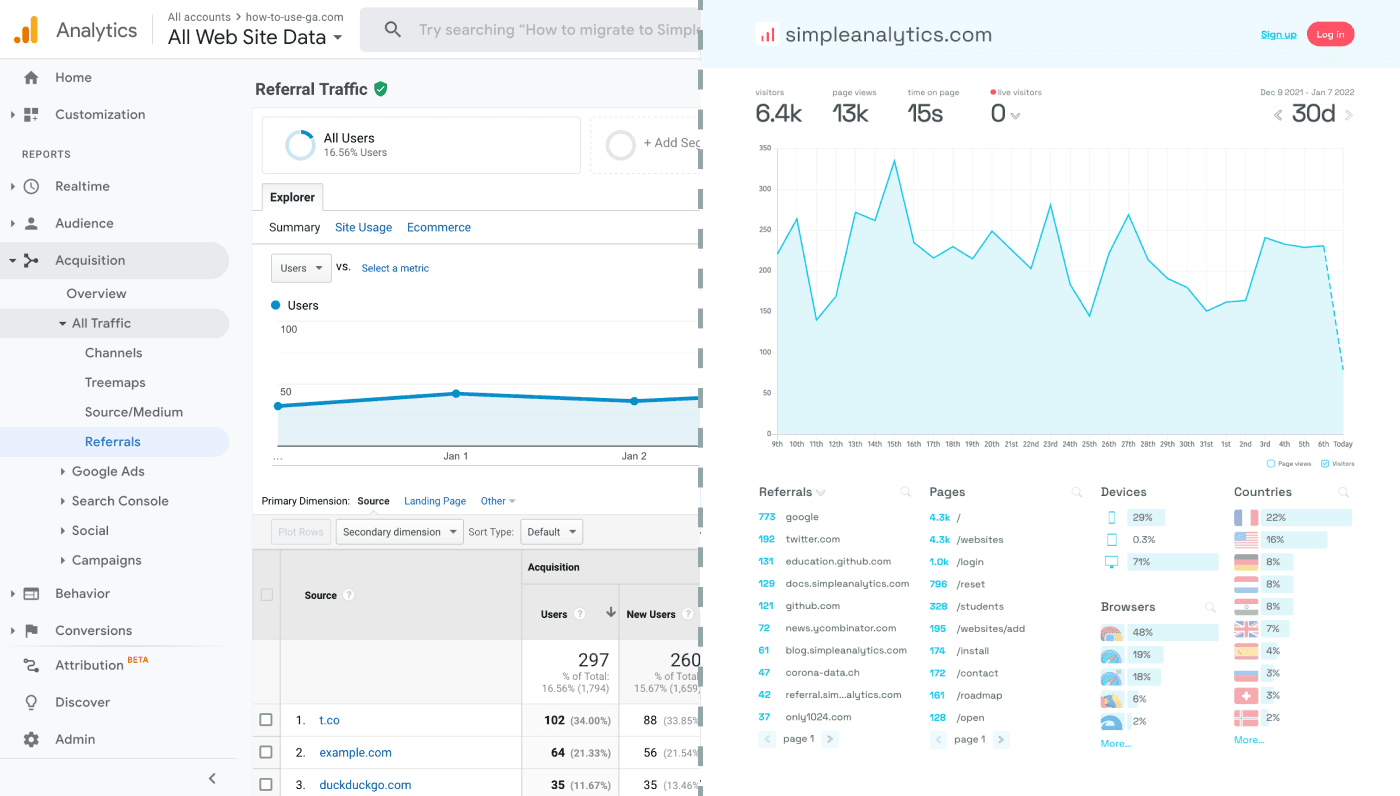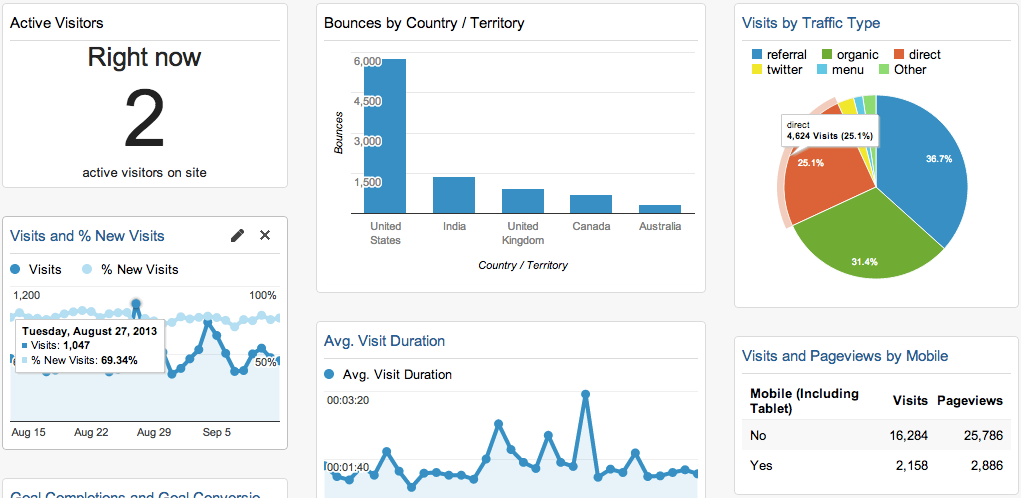Master Internet Site Insights With Accurate Google Analytics Monitoring Code
The efficient usage of Google Analytics pivots on the exact application of its monitoring code, an essential action often ignored by site proprietors. What are the common risks that could threaten your tracking efforts, and how can you make certain precision in your strategy?
Recognizing Google Analytics Essentials
Google Analytics is a crucial device for internet site proprietors and marketing experts, providing important understandings right into individual habits and website performance. At its core, Google Analytics collects data about visitors to a site, enabling customers to evaluate metrics such as web traffic sources, user engagement, and conversion rates. Comprehending these fundamentals is important for maximizing a web site's performance and enhancing user experience.
The platform uses cookies to track communications, videotaping data such as page sights, session periods, and bounce rates. This info is aggregated and presented through adjustable dashboards, enabling users to picture patterns with time. Trick performance indications (KPIs) can be kept an eye on, such as the total variety of customers, new versus returning site visitors, and the geographic circulation of the target market.
Additionally, Google Analytics supplies segmentation features, allowing customers to isolate specific web traffic resources or customer demographics for more targeted analysis. By grasping these foundational components, web site owners can make educated choices regarding content strategy, advertising and marketing projects, and general site renovations. Ultimately, recognizing Google Analytics basics is vital for leveraging information to drive development and attain company goals properly.
Establishing Up Your Tracking Code

Duplicate the offered monitoring code and paste it into the HTML of your site. Ideally, this code must be positioned in the header section of every web page you want to track. This ensures that the tracking code loads before any other material, enabling it to catch information properly. If you are making use of a material administration system (CMS) like WordPress, there are plugins readily available that streamline the combination procedure.
After installation, validate that the monitoring code is working appropriately by utilizing Google Tag Aide or the Real-Time records in Google Analytics - when does the google analytics tracking code send an event hit to analytics?. This action is necessary to validate that your information collection is energetic and accurate, establishing the structure for informative evaluation
Typical Monitoring Code Issues
This might happen when the monitoring code is put in the incorrect section of the web site's HTML, commonly leading to insufficient or missing information. In addition, having numerous instances of the monitoring code on a solitary web page can result in filled with air metrics, as user communications might be counted much more than once.
One more problem emerges from using ad blockers, which can stop the tracking code from implementing altogether, hence skewing data. when does the google analytics tracking code send an event hit to analytics?. Moreover, failing to configure filters appropriately can bring about the exclusion of crucial website traffic resources or the incorporation of undesirable recommendation spam, distorting the data collected
Site proprietors may also ignore the importance of tracking code updates, particularly when migrating to Google Analytics 4 (GA4) from Universal Analytics. Finally, not enough screening before introducing adjustments can cause unseen errors in the monitoring code, even more making complex data dependability. Dealing with these usual problems is important for ensuring accurate tracking and informative analytics.
Analyzing Web Site Data Properly
Exact data collection is only the initial step in leveraging Google Analytics; the actual worth hinges on successfully examining that data to drive informed decision-making. To attain this, pop over here it is necessary to recognize essential efficiency signs (KPIs) that align with your business objectives. Concentrate on metrics such as conversion prices, user engagement, and traffic resources, as these will give understandings right into customer behavior and the overall performance of your website.
Making Use Of check this site out Google Analytics' division features enables for a much deeper understanding of your audience. By damaging down information right into certain demographics, habits, and traffic channels, you can reveal fads and patterns that notify targeted strategies. Carrying out custom reports and dashboards can improve this procedure, allowing fast access to pertinent information.
Additionally, consistently evaluating information trends with time helps to identify abnormalities and chances for improvement. Utilize visualization devices to present data in a quickly absorbable format, helping with extra efficient communication with stakeholders. Eventually, the capacity to evaluate internet site data successfully equips companies to make tactical choices that boost individual experience, enhance marketing initiatives, and drive development.

Best Practices for Accurate Monitoring
Implementing effective monitoring practices is important for obtaining trusted data in Google Analytics. To make sure accurate tracking, begin by appropriately setting up the Google Analytics tracking code on every web page of your site. This can be achieved through a tag manager or by straight embedding the code right into the HTML.
Following, configure your Google Analytics account to exclude interior web traffic. This can be done by establishing filters that determine and eliminate visits from your company's IP address, thus stopping skewed information. Additionally, use occasion monitoring to monitor particular individual communications, such as downloads or video clip plays, which typical page sights might overlook.
On a regular basis investigate your tracking configuration to validate that all features, such as goals and ecommerce tracking, are operating properly. Develop a regular naming convention for your projects and events to promote simpler coverage and evaluation.
Lastly, consider leveraging UTM criteria for campaigns to obtain insights into the efficiency of various advertising efforts. By complying with these ideal methods, you can enhance the accuracy of your information collection and evaluation, inevitably bring about even more enlightened decision-making for your web site.
Verdict
Exact execution of the Google Analytics tracking code is essential for understanding website insights. By guaranteeing the monitoring code is properly positioned and on a regular basis examined, internet site proprietors can record essential customer interaction information, hence facilitating the recognition of key efficiency indicators. you could try these out Reliable analysis of this information, incorporated with adherence to best techniques, makes it possible for educated decision-making and the optimization of on the internet methods. Ultimately, a robust monitoring structure boosts the ability to drive involvement and enhance general website efficiency.

Not enough testing before releasing changes can result in undetected errors in the monitoring code, better making complex data dependability.Executing efficient monitoring methods is critical for acquiring dependable data in Google Analytics. By guaranteeing the monitoring code is properly positioned and consistently investigated, site owners can capture vital individual communication data, thus facilitating the identification of vital efficiency indications.